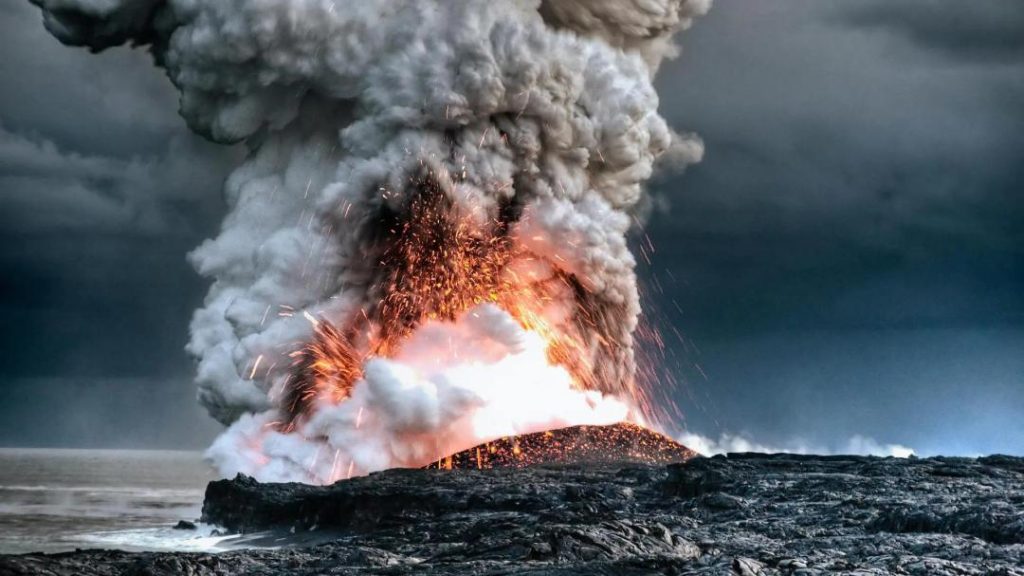
Climate Change Could Awaken Dormant Volcanoes: Study
As the world continues to grapple with the far-reaching consequences of climate change, a new study has revealed a potentially alarming threat: the melting of glaciers could awaken dormant volcanoes. According to researchers, the reduction in pressure on magma chambers as ice melts could lead to increased activity from previously dormant volcanoes. While this may not pose an immediate threat, scientists warn that the rapid melting of glaciers may increase the risk of future eruptions over centuries.
The study, published in the journal Nature Communications, analyzed data from the ancient Patagonian Ice Sheet, which covered a vast area of South America during the last ice age. Researchers discovered that beneath the ice sheet, volcanic activity was more frequent than previously thought. This finding suggests that the weight of the ice sheet may have been suppressing the movement of magma, keeping the volcanoes dormant.
However, as the ice sheet melted, the pressure on the magma chambers decreased, allowing the gases to expand and potentially leading to increased volcanic activity. This phenomenon is not unique to the Patagonian Ice Sheet, as similar processes are thought to be occurring beneath other glaciers and ice sheets around the world.
The study’s lead author, Dr. Maria Rodriguez, explained the process in simple terms: “As ice melts, the Earth’s crust lifts, and underground gases expand. This can lead to the release of magma and potentially trigger volcanic eruptions.”
The implications of this research are far-reaching. If climate change continues to accelerate, the melting of glaciers could lead to a surge in volcanic activity, posing risks to nearby communities, ecosystems, and global air travel. While it is difficult to predict exactly when and where this increased activity might occur, scientists are warning that the window for action is rapidly closing.
“Climate change is happening now, and the effects are already being felt,” said Dr. Rodriguez. “We need to take immediate action to reduce our carbon emissions and slow the rate of glacier melting. The longer we delay, the more likely we are to face catastrophic consequences.”
The study’s findings are not without precedent. In recent years, scientists have observed increased seismic activity and volcanic eruptions in areas where glaciers are rapidly melting. For example, in 2019, the Icelandic Met Office reported a significant increase in earthquakes and volcanic activity in the country’s glaciers, which were melting at an unprecedented rate.
While the threat of awakened dormant volcanoes may seem daunting, there is still time to take action. By reducing our reliance on fossil fuels, increasing renewable energy sources, and implementing sustainable land-use practices, we can mitigate the effects of climate change and reduce the risk of catastrophic volcanic eruptions.
In conclusion, the study’s findings serve as a stark reminder of the far-reaching consequences of climate change. As the world continues to grapple with the challenges posed by rising temperatures, it is essential that we prioritize mitigation efforts and take immediate action to reduce our carbon footprint.






